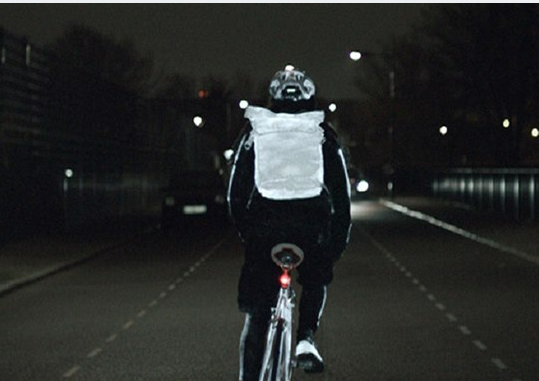Pedestrians will have to wear reflective elements in the dark or fog on roads outside the village. The sanction in the law, which will now be assessed by deputies, is proposed from 1 500 to 2 500 crowns. Experts advise having glowing surfaces on your feet.
With reflective material elements that can reflect the incident light from the vehicle’s lamps, the pedestrian is visible to the driver up to 200 meters. Conversely, if the clothing is black or blue, it is only 18 meters. However, the reflective elements do not work much in fog, rain or snow.
In some countries, the mandatory use of reflective vests for pedestrians has reduced the number of deaths. Reflective elements can reduce pedestrian exposure to a fatal accident up to ten times in poor visibility. In addition to a vest, a suitable solution is a backpack or jacket with reflective elements.
“We found it better to move the light area,” says Robert Sťastný from Skoda Auto. “Reflective tape elements are better to have on the limbs we move than on the body or backpack,” he adds.
The amendment was approved by the government
In poor visibility, significant reflective elements will be mandatory outside the municipalities. The Ministry of Transport originally wanted the obligation to apply also within the municipalities, but this obligation was dropped from the proposed amendment at the Government Legislative Council.
“We should explain to pedestrians that this is for their safety, but our legislators have convinced me that we need a sanction,” said Transport Minister Dan Tok. After approval by the government, the amendment goes to parliament – read more here.
Pedestrians are the most vulnerable in November
“Every pedestrian should know that in dark clothes, he is almost invisible in the dark on the road. A driver who does not see the pedestrians in time cannot respond quickly and avoids pedestrians safely,” explains Katarína Ardová from Goodyear.
The most common clashes of cars with pedestrians occur in autumn and winter due to reduced visibility. According to statistics, November is the riskiest month for pedestrians.
Even if drivers drive only one-fifth of the total mileage at night, nearly 50 percent of all major road accidents happen at night or in the dark.

